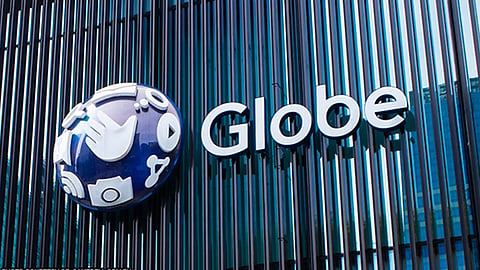Globe deepens fiber push to close digital divide in Phl
Globe is taking bigger steps toward making fiber broadband more accessible, as it shifts focus from merely expanding infrastructure to helping more Filipinos thrive in the digital world.
By tapping into previously built network capacity and investing strategically, the telco aims to transform internet connectivity into a tool for empowerment.
“Fixed broadband continues to be a growth engine for the business. We see user data consumption now surging past 30 GB/month per user. We are fine tuning our fiber strategy to more than connectivity, it’s about empowering households, enabling SMEs, and growing the digital economy,” said Globe President and CEO Carl Cruz.
The shift comes as digital habits continue to grow. Filipinos now spend nearly nine hours online daily, according to the Digital 2025 Report. But despite this, fixed broadband access remains uneven, with only 33 percent of households connected as of 2024, based on the latest data from the Department of Information and Communications Technology (DICT).
Globe is addressing the gap with its growing GFiber portfolio, which includes both postpaid plans and the reloadable, no-lock-in GFiber Prepaid option. As of the first quarter of 2025, Globe has 1.83 million broadband subscribers, with GFiber Prepaid alone growing 53 percent quarter-on-quarter and now reaching 400,000 Filipino homes.
“We’re building more than infrastructure, we’re enabling opportunity,” Cruz emphasized. “By expanding access to reliable broadband, we’re opening doors for millions of Filipinos to participate meaningfully in the digital economy.”
Globe’s expansion efforts align with the DICT’s National Broadband Plan and include support for Geographically Isolated and Disadvantaged Areas (GIDAs). By focusing on areas with the highest demand and greatest need, the company is contributing to broader digital equity goals.
“Modernization is one of Globe’s key success factors. When we made the leap from 2G to 4G, it unlocked massive gains. Now, we’re continuing that momentum not just for speed, but for service equity and sustainability,” Cruz said.
Globe is also continuing its migration from legacy copper and fixed wireless connections to fiber across selected provinces. More than 600 towns in at least 70 provinces have already made the switch, leading to faster, more stable internet for residents while also reducing environmental impact.
“We are not just building faster networks, we’re building a more connected society,” Cruz said. “Fiber broadband is the backbone of digital life. And as the digital economy continues to grow, Globe is committed to expanding our reach strategically, sustainably, and always with the customer at the heart of it.”
In the last three years, Globe has invested P228 billion in capital expenditure and P236 billion in operational expenses to upgrade its network. The company sees these investments as a way to support digital resilience and economic participation over the long term.


